20+ Edible Greens, Nuts, Seeds, and Fruits to Forage For in Cold Weather • Insteading

Foraging meals and medicinal crops at temperatures beneath 30 ranges Fahrenheit might seem unattainable, nevertheless you merely need some info and know-how.
Watch The Video
In spite of everything, winter foraging isn’t going to convey residence the bounty that you simply simply uncover all through the warmer seasons, nevertheless there’s nonetheless loads of beautiful goodness to be found, and I’m going to let you in on plenty of the on the market wild edibles all through the states.
A Phrase on Gardening Zones and Location
Meals is perhaps found all by way of the winter in plenty of the coldest areas of the USA: Alaska, Colorado, North Dakota, South Dakota, New York, New Hampshire, Idaho, and completely different states in zone 3.
A majority of the crops on this report are found in all places and within the occasion that they’re not, there’s in all probability a similar plant on the market. If the world you reside in doesn’t get quite a bit colder than minus 30 ranges Fahrenheit, there’s a great amount of untamed meals to be found. Let’s take a look and see what you may discover this time of yr.
Winter Foraging: Wild Greens
Some greens are reasonably delicate and lightweight, nevertheless that’s not what you’ll uncover all through the winter months. Often, winter greens are thicker and heartier than let’s say spinach. There are always exceptions to the rule, nonetheless. Chickweed, for instance, seems delicate — but it surely prospers all through the winter months.
Chickweed
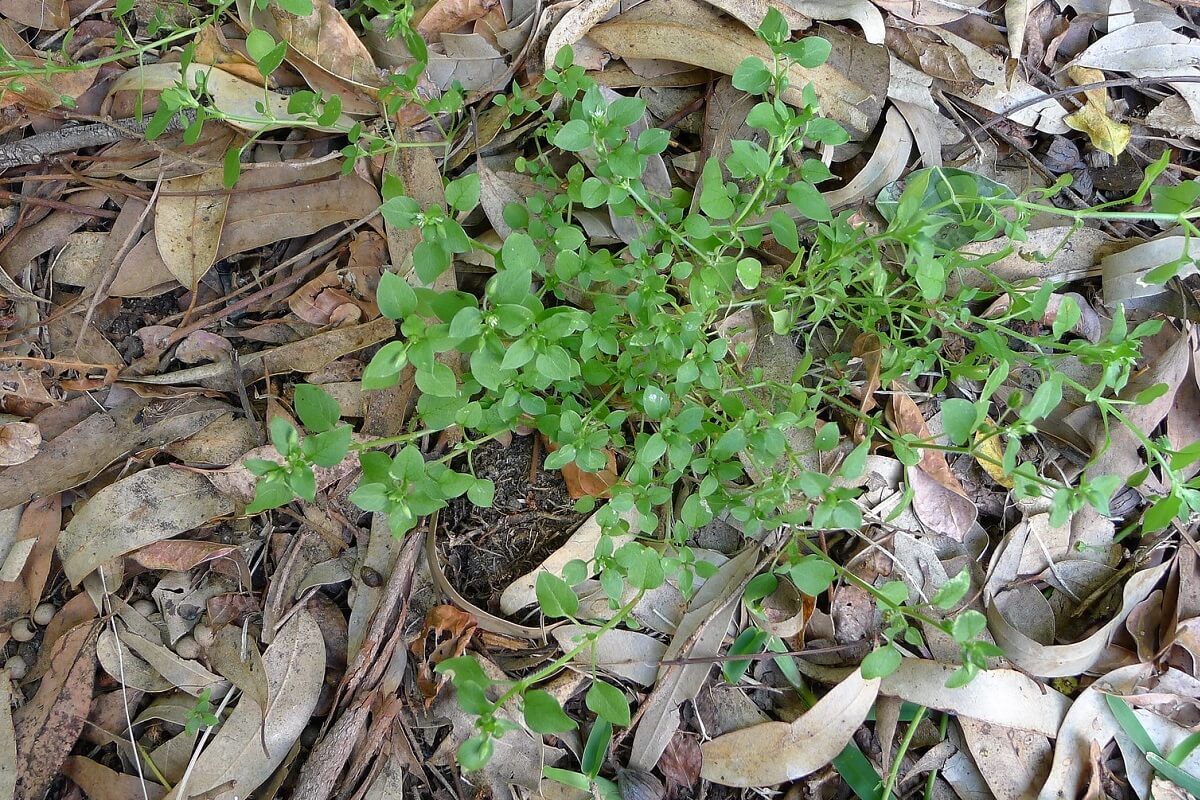

Chickweed (Stellaria media) is a creeping, cold-weather ground cowl. Though many might perceive it as an annoying weed, it’s actually good for plenty of points. It helps cease completely different weeds from popping up, helps preserve moisture inside the soil, and is perhaps foraged and harvested.
From spring to autumn, the leaves and starlight flowers make good additions to salads, and all through the winter months, the stalks and leaves are a nice uncover. An extreme quantity of might trigger a abdomen ache which is why it’s typically an addition and by no means a stand-alone aspect. Have the benefit of them raw or cooked.
Watercress
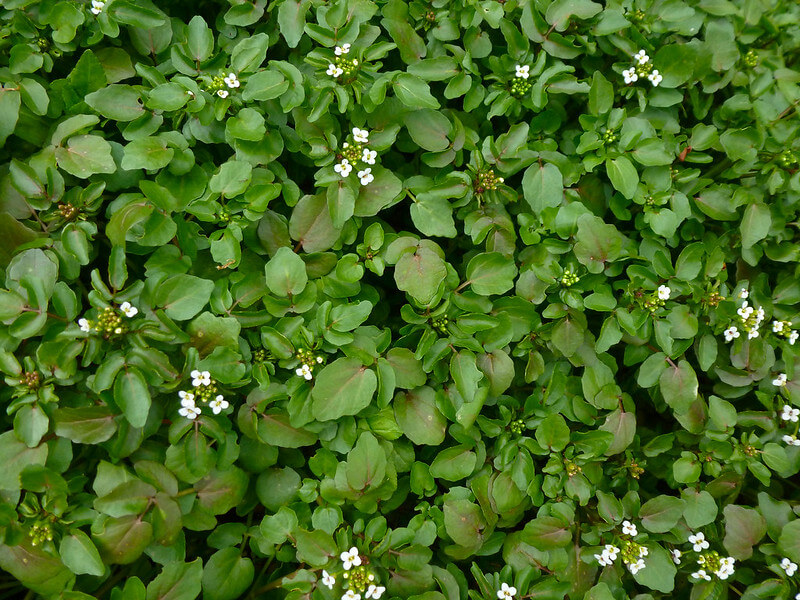

Watercress or yellowcress (Nasturtium officinale) was as quickly as considered to be a superfood and has been making a comeback as a culinary staple. This historic, leafy inexperienced was as quickly as served as reasonably greater than a garnish.
Watercress has dietary and medicinal properties. Its relation to mustard may develop to be further obvious when it is eaten raw. It has a peppery style when raw nevertheless as quickly as cooked, the peppery spice diminishes and it tastes further like a leafy inexperienced. Add it to soups, stir fry, and salad.
Miner’s Lettuce
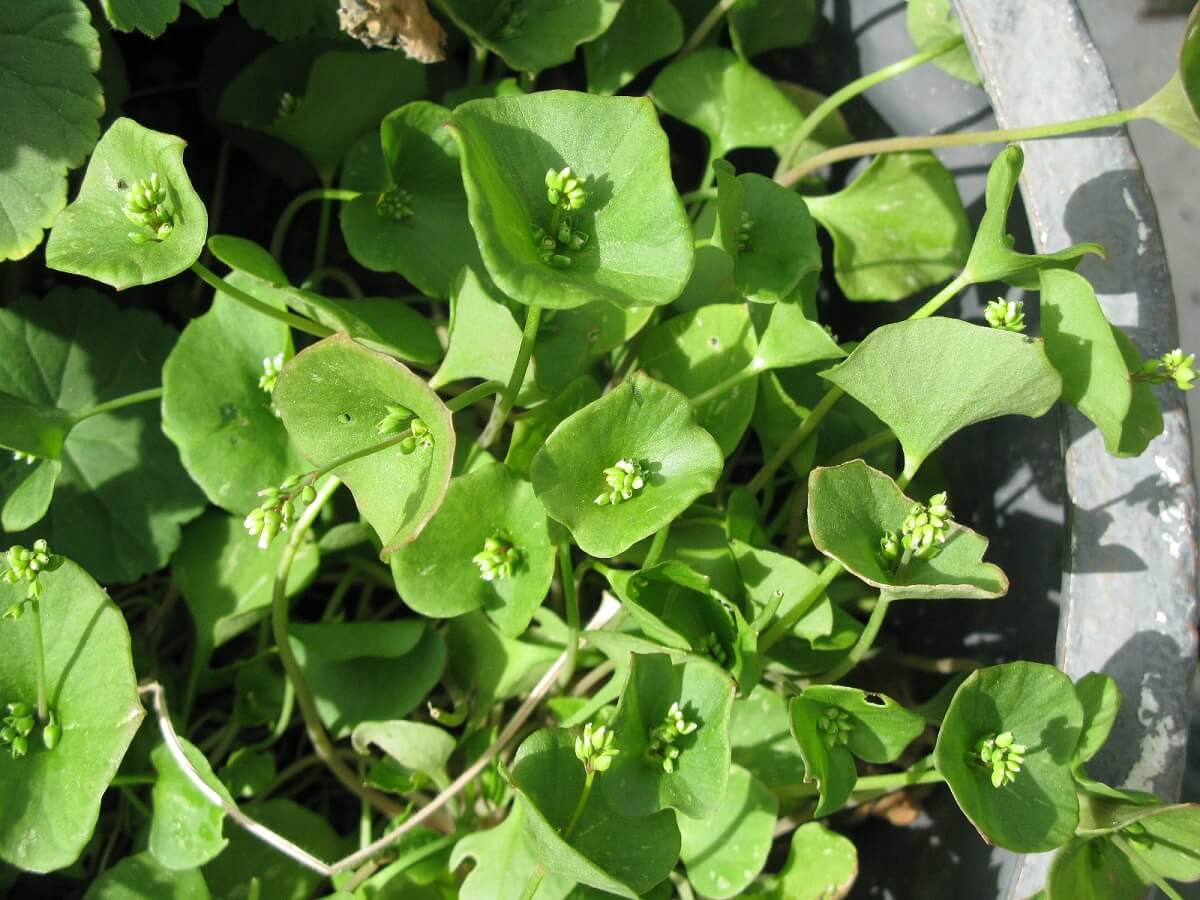

Miner’s lettuce (Claytonia perfoliata) has little heart-shaped leaves that develop all winter in precisely milder areas than zone 3. If I wanted to guage it to at least one factor, I might say the flavour is rather like spinach. It’s barely tart, however delicate and sweet, and good and crispy when eaten raw. When cooked, it loses crispiness and can get a bit slimy.
Shasta Daisy Greens
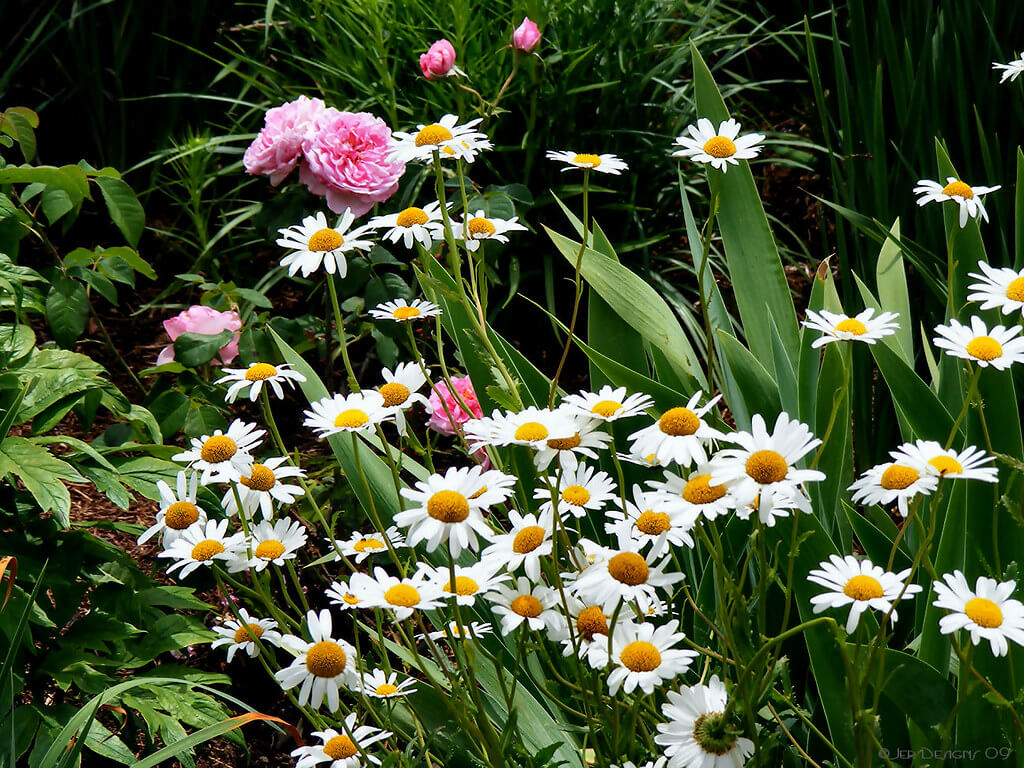

Shasta daisy (Leucanthemum × proud) is a hybrid developed by Luther Burbanks. It’s an edible inexperienced all through the winter that is strong and daring. You don’t need (nor will you in all probability want) loads of it in a single sitting. I’ve however to attempt them, nevertheless I hear they’re delicious served warmth, barely wilted, and topped with chopped nuts.
Winter Foraging: Seeds and Nuts
Seeds and nuts are sometimes harvested all through the autumn, nevertheless there are nonetheless masses on the market all through the chilly seasons. Nevertheless guarantee that to solely take as quite a bit as you need — there’s certain to be some opponents amongst your self and the wildlife much like birds and squirrels for the winter bounty!
Black Walnuts
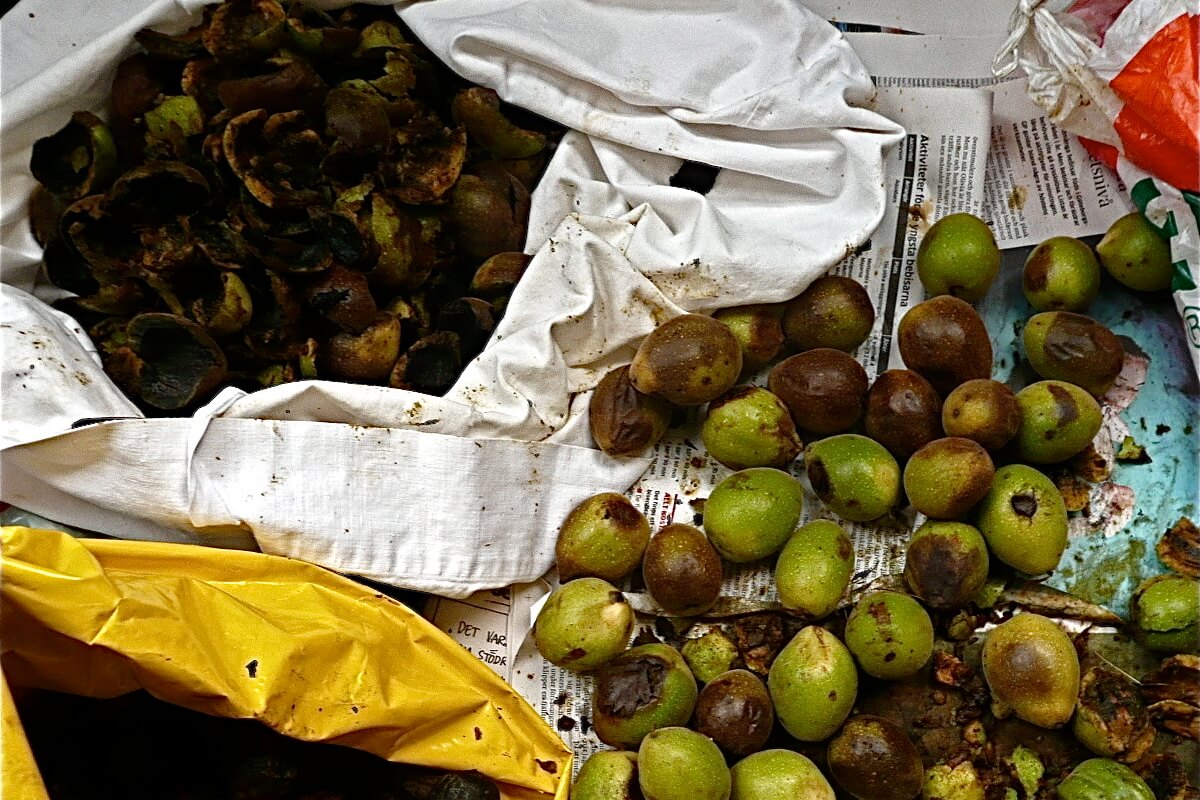

Black walnuts (black jujulan) develop all the way in which through which up in North Dakota and south to Georgia, Florida, and Texas. You’ll uncover a substantial amount of black walnuts masking the underside in some areas.
Be able to get dirty because of the husks flip from inexperienced to black (subsequently the title, black walnut) and make a inconceivable stain or dye. The time period the walnut sits inside the husk modifications the bitterness so an older walnut shall be a bit of additional bitter than one harvested whereas the husk stays to be inexperienced.
Acorns
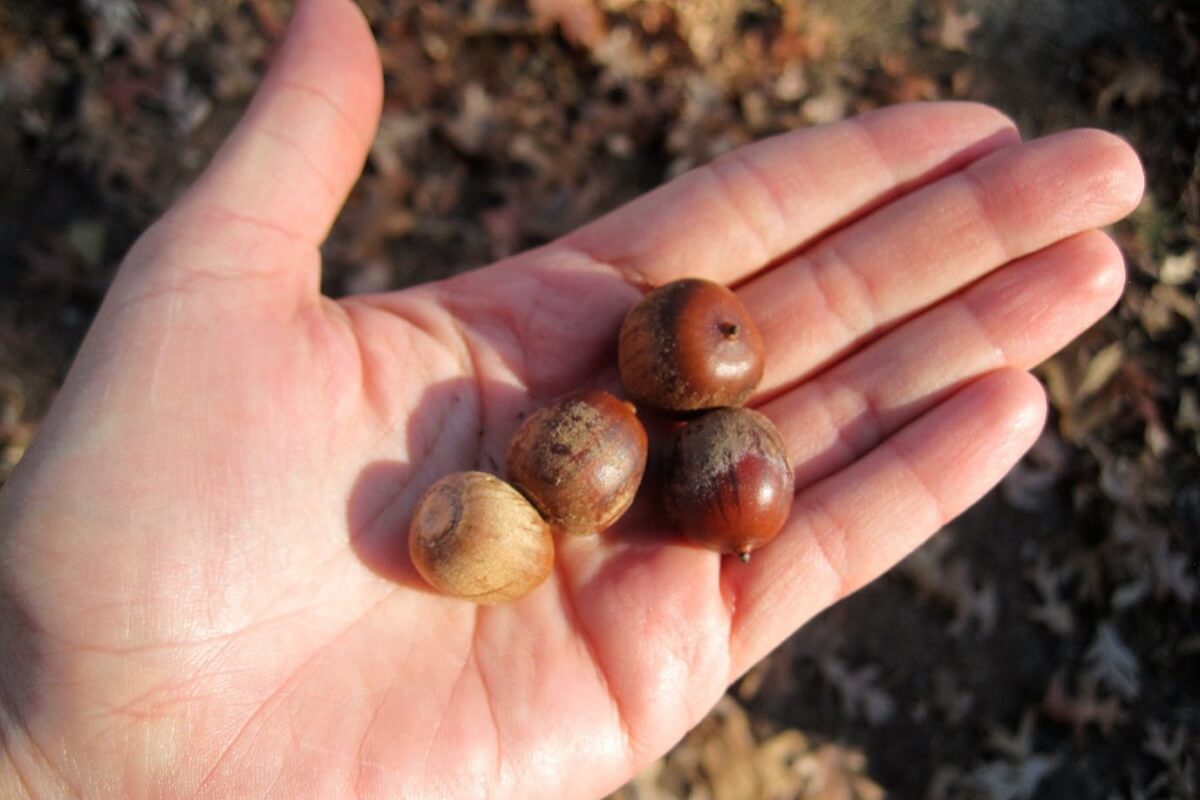

Oak nuts or acorns is normally a tedious exercise by means of processing and preparation. Nevertheless with that talked about, they’re out there to most people, offered that oak nuts develop on the quite a few types of oak timber rising all all over the world.
Acorns comprise tannins which needs to be leached out in chilly water sooner than they’re any good to eat. The leaching course of should be repeated just some events counting on the variability, nevertheless it makes good flour.
Beechnuts
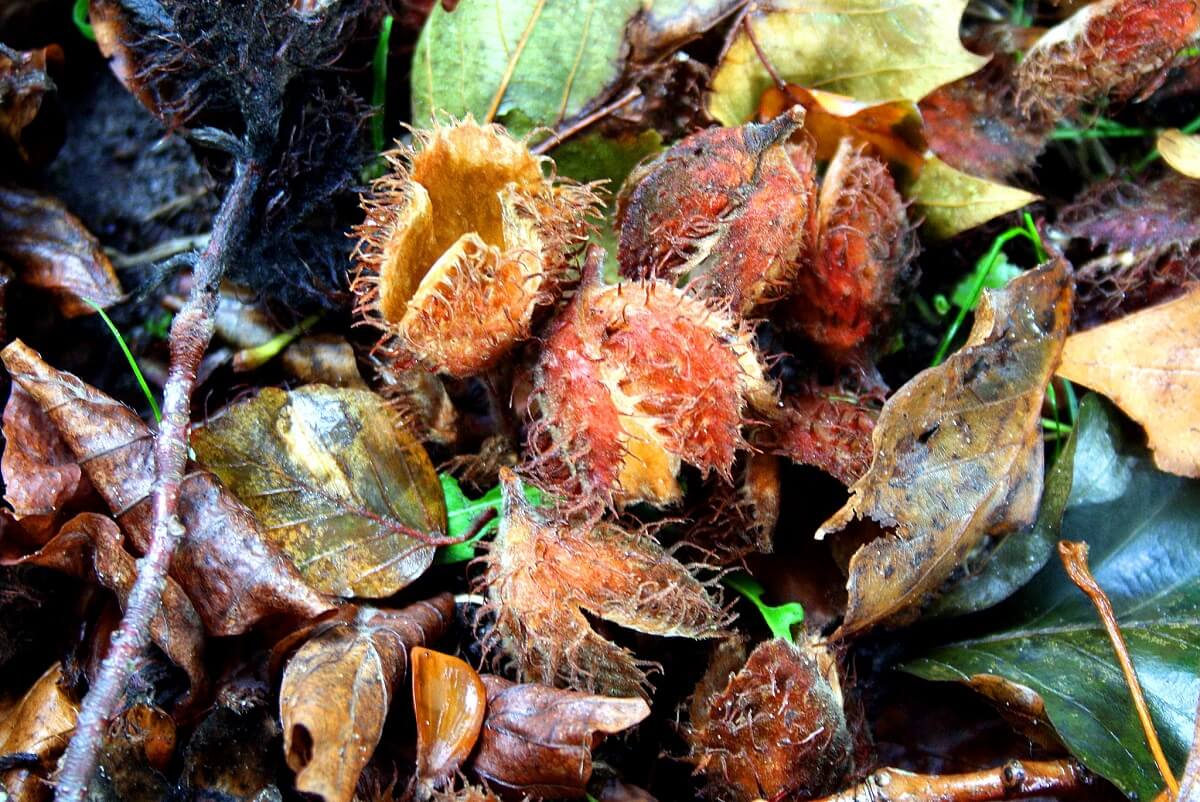

Beechnuts come from beech timber inside the Fagaceae family, and there are a collection of species. Among the best time to forage these nuts is midwinter all through a yr when the snow fell early.
They’re rich in protein and fats — rather more so than acorns. Beechnuts may even be harvested all through the autumn. It is best to roast and toast these nuts earlier to consuming, due to the saponins. A few raw nuts are optimistic nevertheless any better than which will set off an upset stomach. Roasted seeds and nuts are sometimes best in my opinion.
Pine Nuts
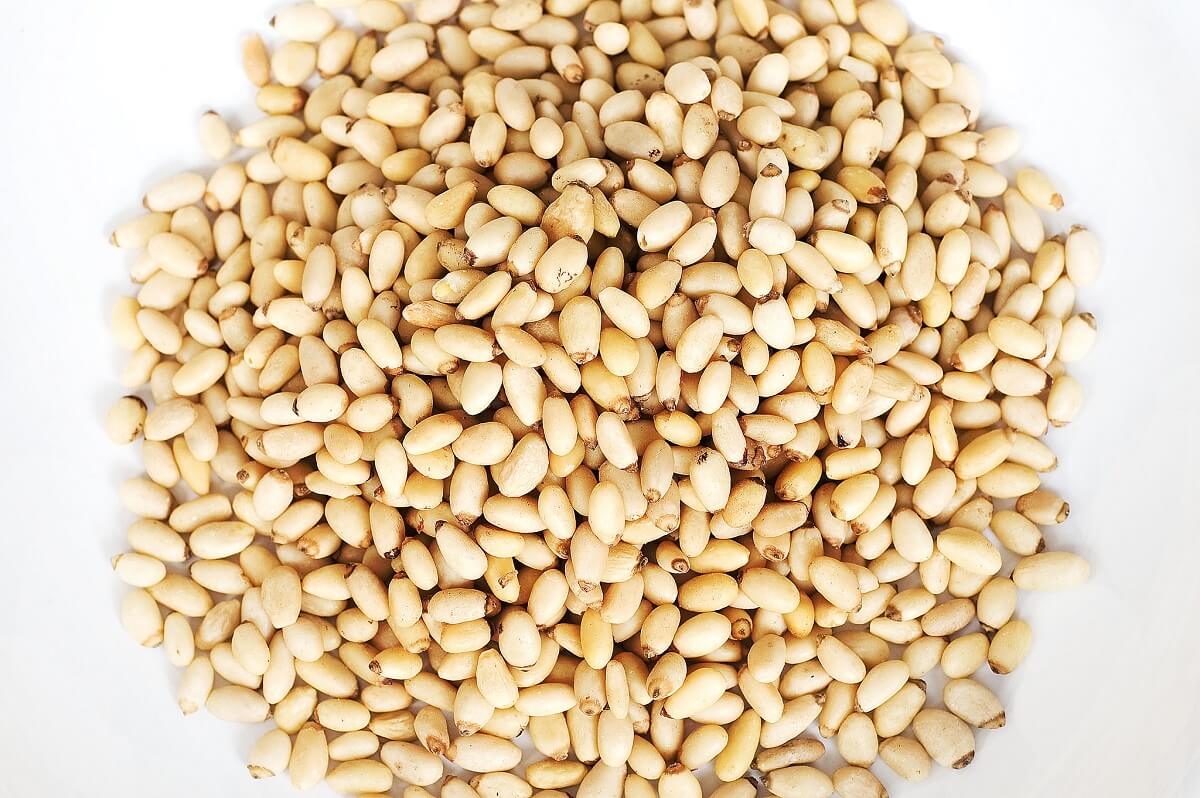

Pine nuts are the delicious little nutlets found inside pine cones. There are solely 18 species which have a nut worth foraging, though, because of the rest are so tiny. Making do-it-yourself pesto with modern pine nuts is great, they normally make a tasty little snack too. Chances are you’ll benefit from them modern as is or toasted.
Maple Seeds
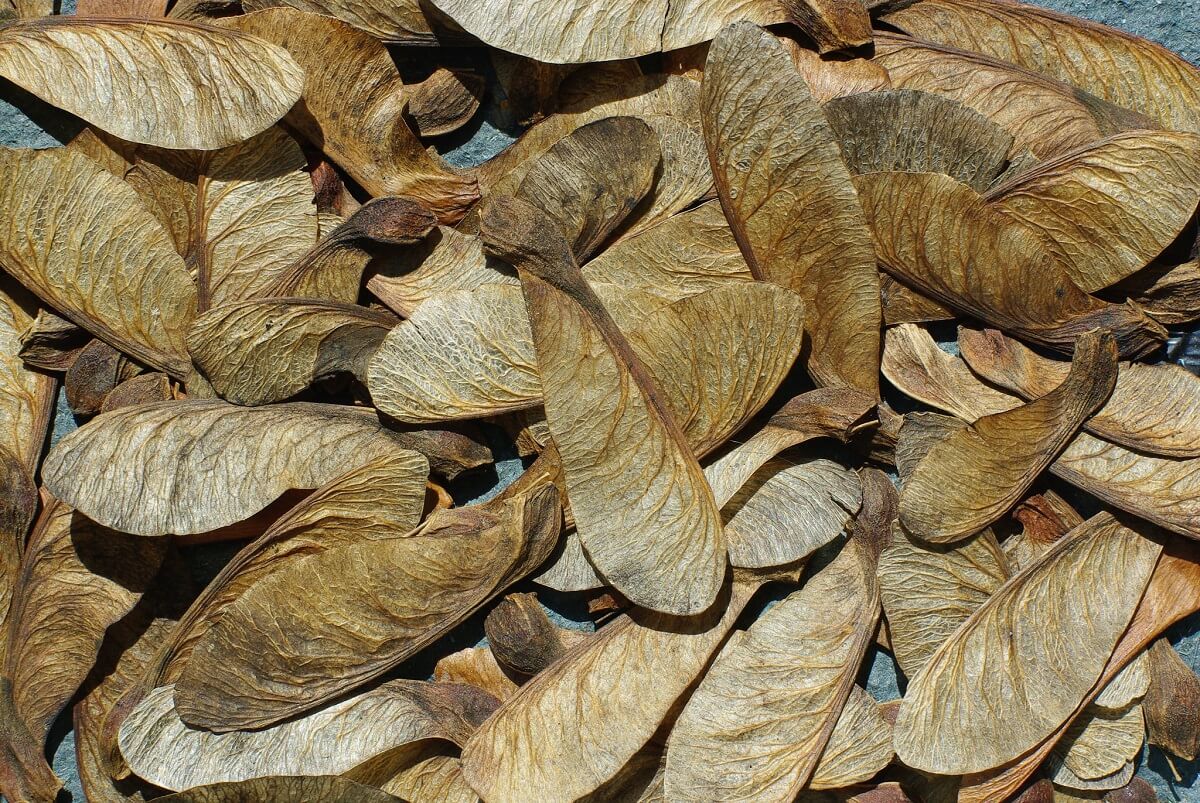

Maple seeds are these pleasant little whirly helicopter-like seed pods that spin as they float via the air. Surprisingly adequate, I do know a number of those who didn’t know these had been maple seeds! Anyway, peel away the outer husk and there are two small edible seeds. They’re nowhere near as delicious as maple syrup nevertheless it’s possible you’ll eat them regardless. I really feel they’re tastier all through the spring as soon as they’re modern and crunchy nevertheless it’s possible you’ll benefit from all of them yr.
Goosefoot
Goosefoot comes from lamb’s quarters (typically generally known as wild spinach). All lamb’s quarters’ seeds are utterly edible — some are merely easier to forage and course of than others. The tiny black seeds are produced all through the autumn, hanging on rigid stalks until they fall off or are harvested. These seeds is perhaps eaten by you and doubtless just a few of your livestock.
Dock Seeds
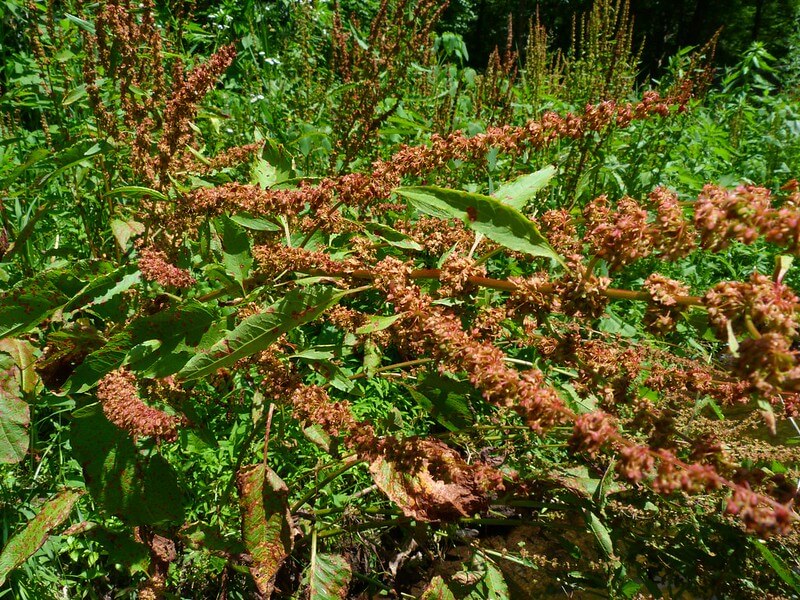

Dock seeds are related to buckwheat, they normally’re utilized in the same manner. These seeds make tasty flour. All you need is a few minutes to make a quart of dock flour. The sturdy stalks stand strong even beneath the heavy snow making them easy to search out. Yellow dock is probably going one of many plenty of varieties that make for good winter foraging.
Winter Foraging: Fruits (Principally Berries)
Winter berries, to not be confused with winterberriesare delicious little treats good for winter foraging. Some fruit is delicate and turns to compost as quickly because the frost comes, nevertheless winter hardy berries pull via. This shall be a quick report.
Ghost Apples
Ghost apples are the apples left hanging on the timber after the last word harvest. Some much like to be the ultimate ones standing or must I say, hanging. Often what you uncover inside the shell of an apple is solely good for compost, nevertheless cold-hardy timber similar to the Newton Pippen maintain strong and their ghost apples are filled with shock. A gradual, 40-degree Fahrenheit temperature gained’t part these ghost apples.
Chokeberries
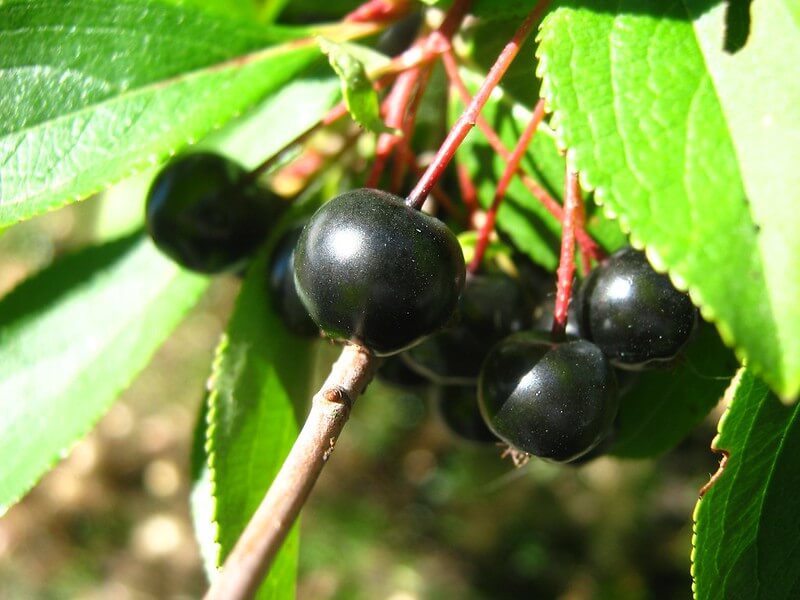

Chokeberries (Aronia melancorpa) are to not be confused with chokecherries. These little berries are typically the ultimate resort for birds because of they’re pretty astringent. As quickly as cooked proper right down to jelly, the flavour profile opens up and it is a cope with worth winter foraging.
Wild Cranberries
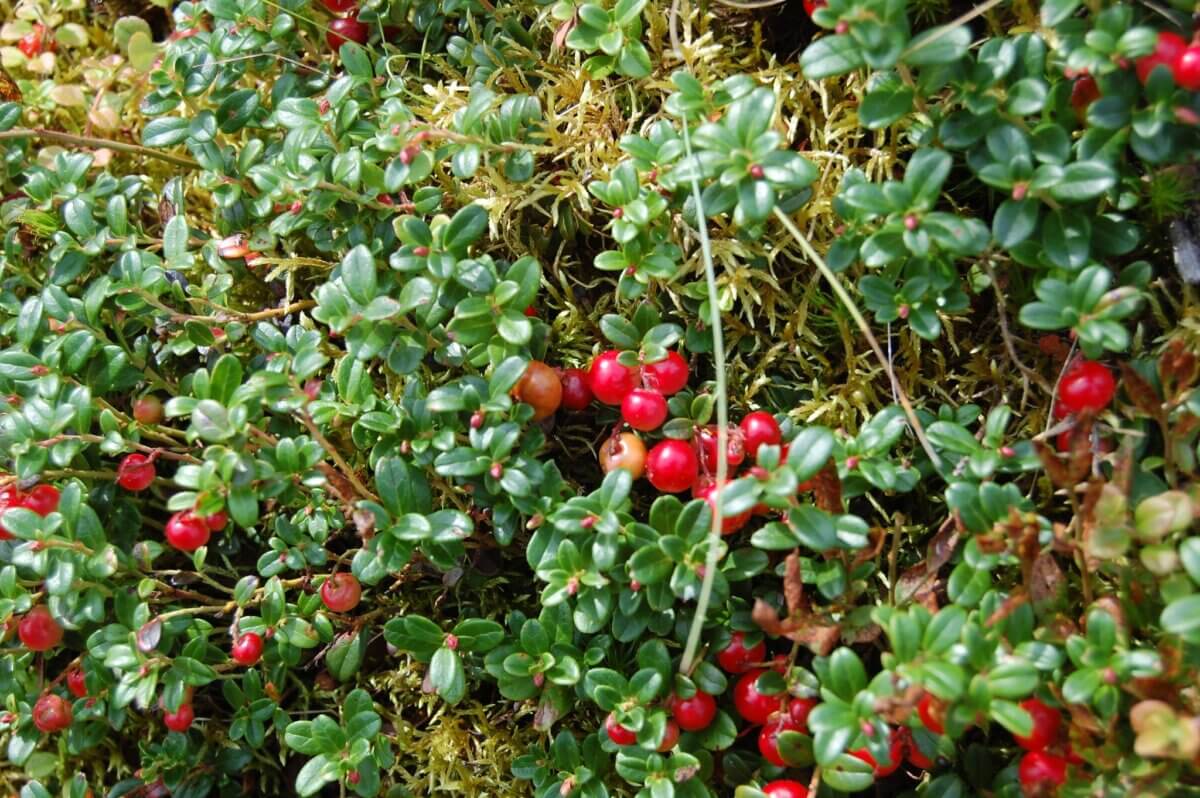

Wild Cranberries develop on the underside form of like a vine or groundcover. The oval type, vibrant purple shade, and the reality that they develop on the underside make them extraordinarily easy to ascertain. They love the chilly, too!
Highbush Cranberries
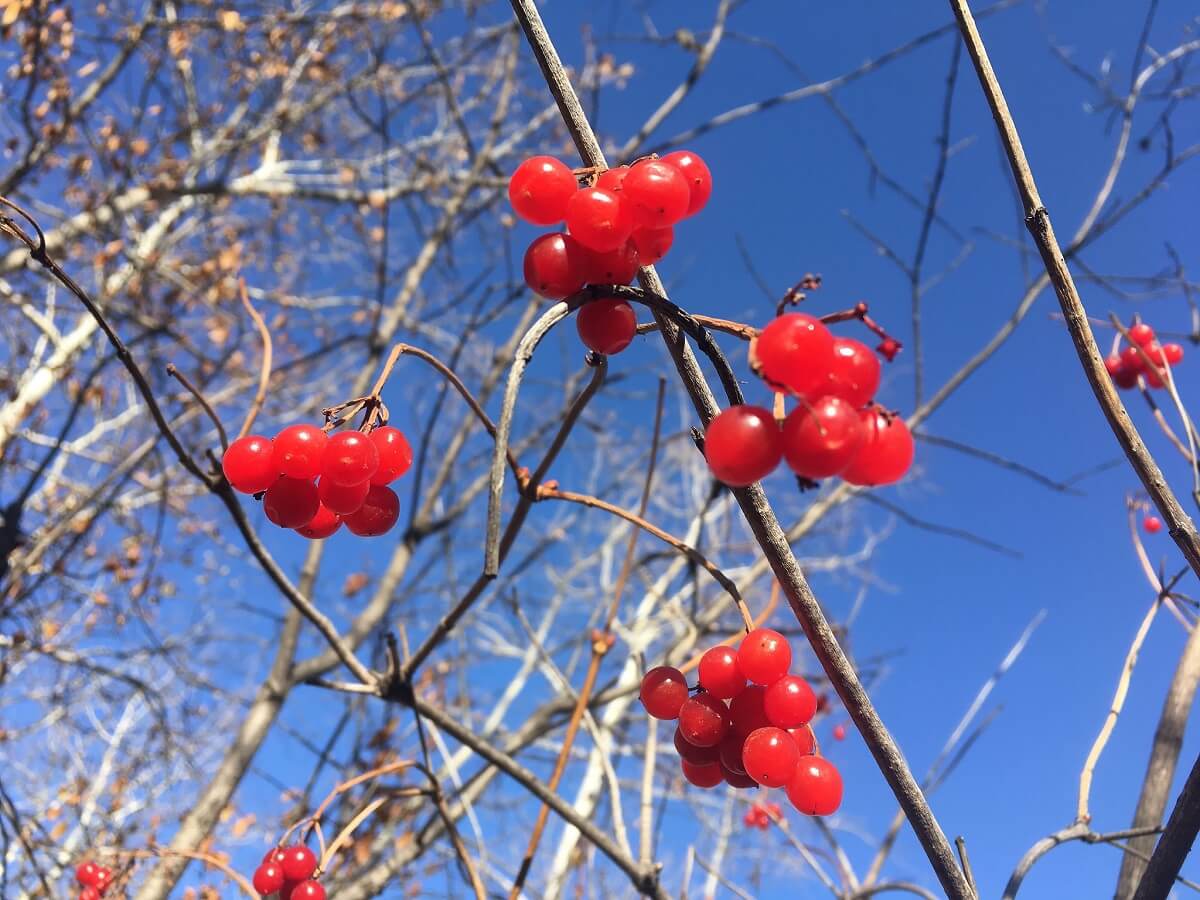

No matter their title, highbush cranberries aren’t truly a form of cranberry. Though they provide the impression of being comparable and magnificence similar to one another, they’re totally completely completely different crops. All of the an identical, they’re nonetheless delicious and a berry worth foraging for inside the winter.
Teaberries
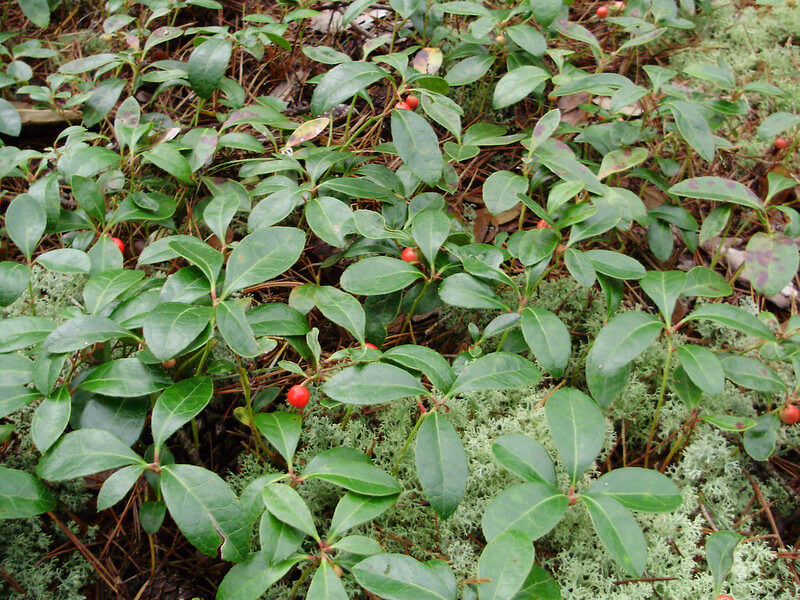

Teaberries (Gaultheria reclining) are sometimes generally known as winter inexperienced. Even all through the chilly months, the leaves are vibrant inexperienced with beautiful little berries. Teaberry is a little bit of minty and spicy. It is used to style gum.
Wild Grapes
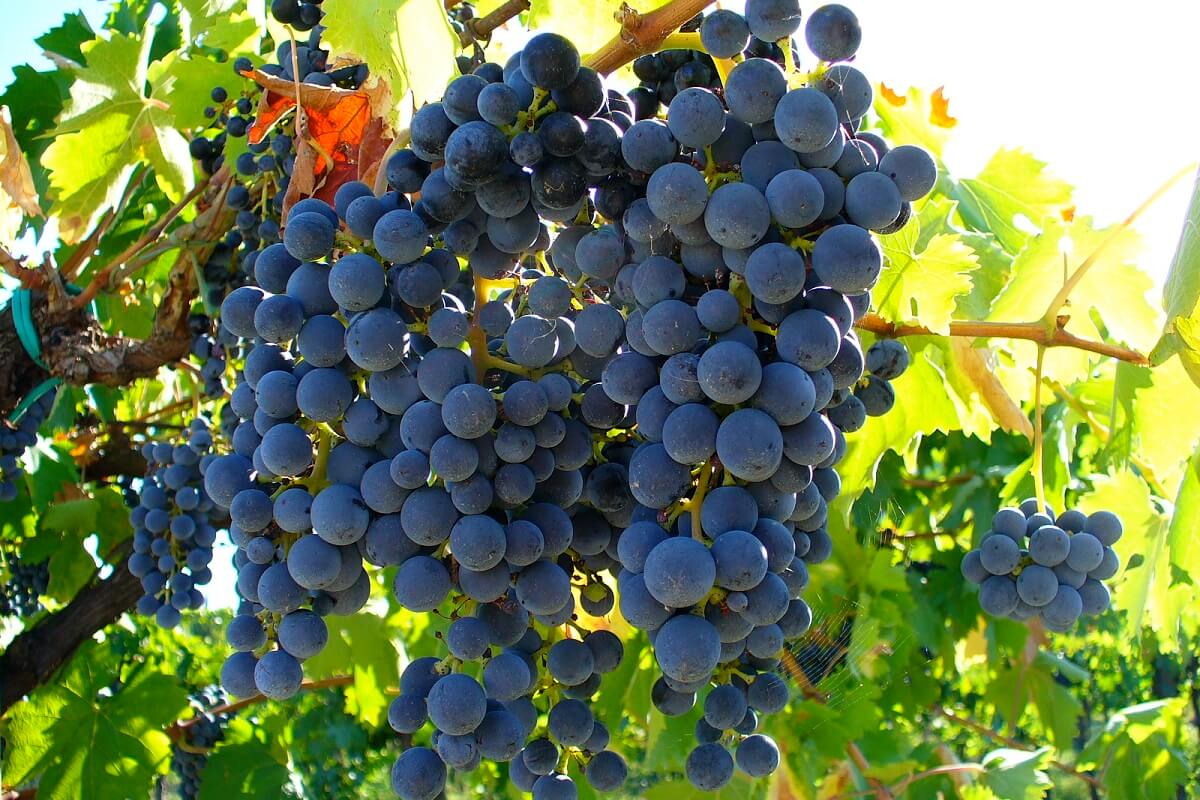

Wild grapes are primarily Nature’s freeze-dried raisins. With all of the beautiful birds in my area, there typically isn’t a grape left to be found — which I’m okay with so long as the birds get to use their winter foraging.
Roots and Mushrooms
Roots and mushrooms mustn’t normally thought-about forageable and edible all through the winter months, nevertheless that’s merely not true! There are a selection of cold-hardy roots and a few completely completely different mushrooms it’s possible you’ll nonetheless uncover for winter foraging.
Roots
Mushrooms
- Turkey tail mushrooms
- Oyster mushrooms
- Chaga mushrooms
- Witch’s butter mushrooms
- Birch polypore
- Tinder polypore
Tree Bark and Sap
I’m optimistic a number of you already know regarding the sap producing timber and the way in which they’re tapped all through the winter months. That talked about, there are just a few completely completely different barks used inside the culinary realm — to make flour. Every pine bark and birch bark make good flour.
Regardless of the season, Mother Nature doesn’t go away us with nothing to eat. There’s always one factor wild, edible, and totally delicious. Is there one thing you wild forage that isn’t on the report? We’d like to hearken to about it and your experience with winter foraging inside the suggestions beneath.




